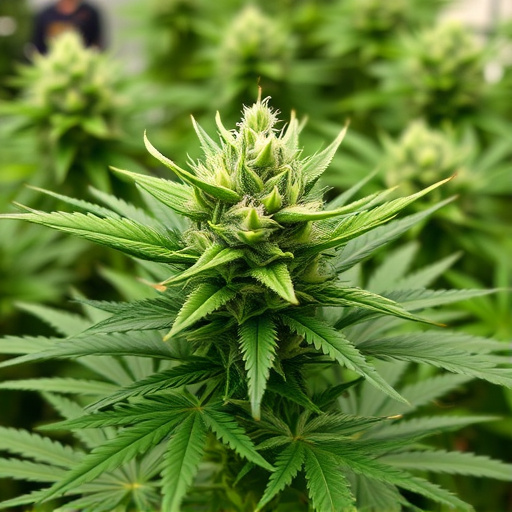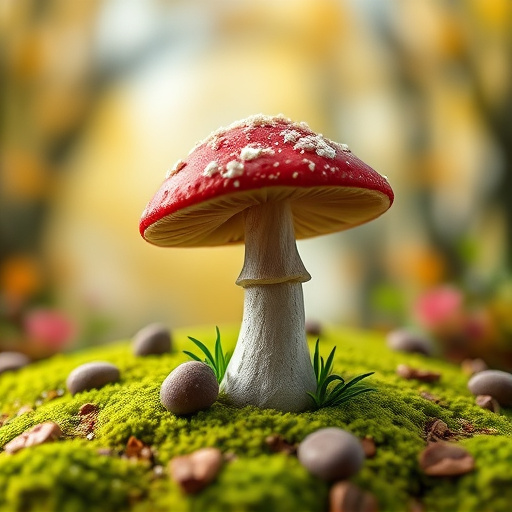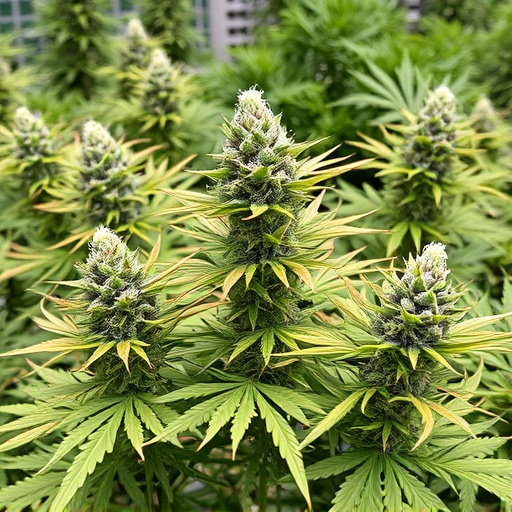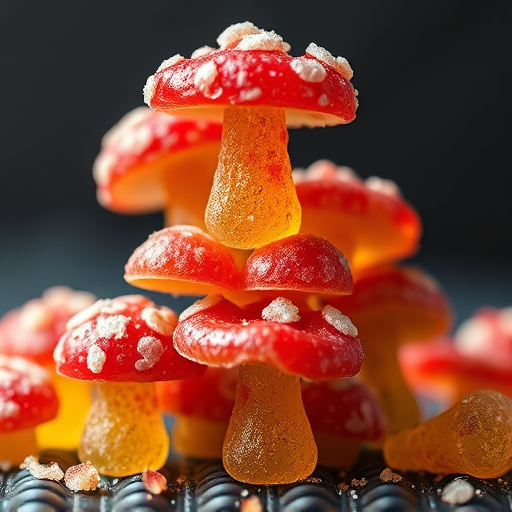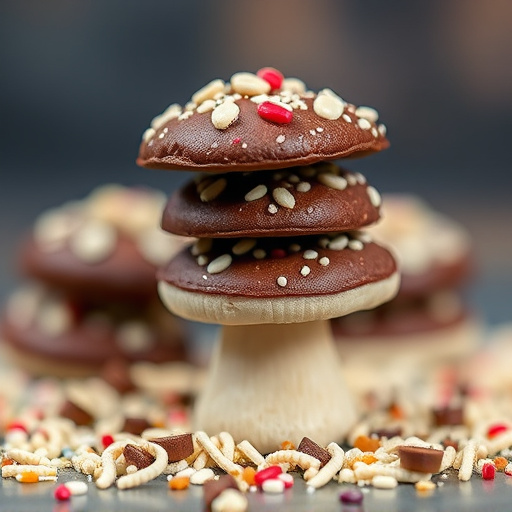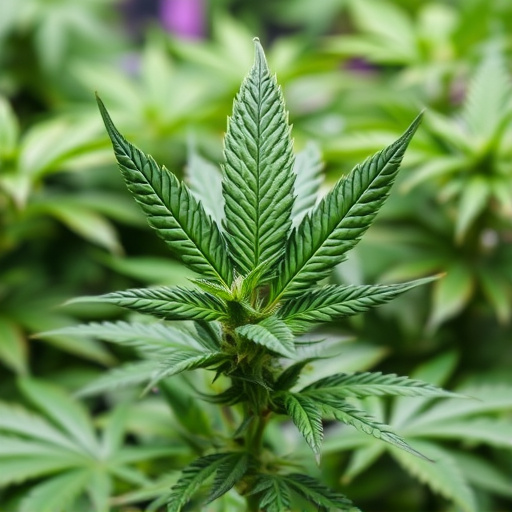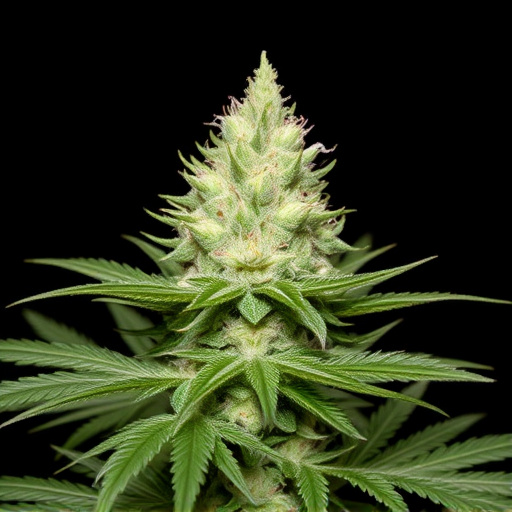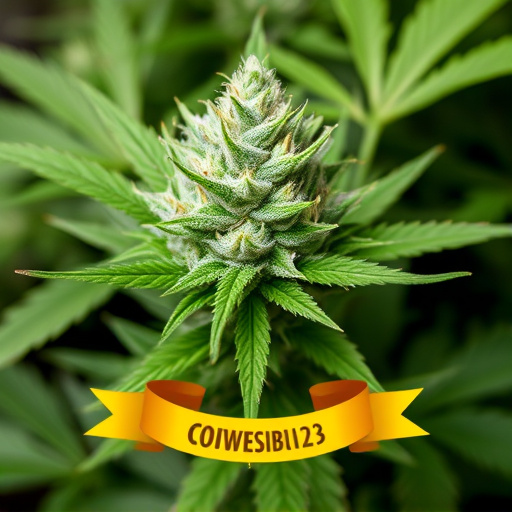The aging of cannabis plants leads to complex chemical changes that impact potency and flavor. Research shows that older plants may have higher terpene concentrations, shifting CBD:THC ratios, leading to varied effects despite stable THC levels. Cannabis Cup-winning strains, popular for their potent effects and unique terpene profiles, often maintain strength as they age due to their complex compositions. Proper storage conditions are crucial to preserving a strain's integrity, and cultivation methods can also affect potency, ensuring even aged cannabis retains its desired traits.
Can old weed still pack a punch? As cannabis becomes more mainstream, understanding its potency over time is crucial. This article explores whether aged cannabis retains its effectiveness, focusing on the science behind cannabinoid degradation and how it affects the high. We delve into renowned Cannabis Cup-winning strains known for their potent compositions and unique effects. Additionally, we uncover factors influencing the potency of old weed, providing insights for both enthusiasts and those curious about this timeless topic.
- The Science Behind Cannabis Potency and Aging
- Cannabis Cup Winning Strains: A Look at Their Composition and Effects
- Factors Affecting the Potency of Old Weed
The Science Behind Cannabis Potency and Aging

The science behind cannabis potency and aging is complex. As cannabis plants age, their chemical composition can change significantly. While some compounds, like THC (tetrahydrocannabinol), may degrade or convert over time, others, such as certain terpenes, can actually become more potent. Terpenes are aromatic compounds that contribute to the unique flavor and scent of different cannabis cup winning strains. Research suggests that as plants age, the concentration of these terpenes can increase, potentially enhancing the overall potency and effect of the plant material.
Additionally, older cannabis may have a different profile of cannabinoids compared to younger plants. Cannabidiol (CBD), for instance, is known for its non-intoxicating properties but plays a crucial role in modulating the effects of THC. As cannabis ages, the ratio of CBD to THC can shift, which could influence the overall experience, even if the THC content remains relatively stable. Understanding these changes offers insights into why some users claim that old weed still has a strong impact, while others suggest it may not be as potent or predictable.
Cannabis Cup Winning Strains: A Look at Their Composition and Effects
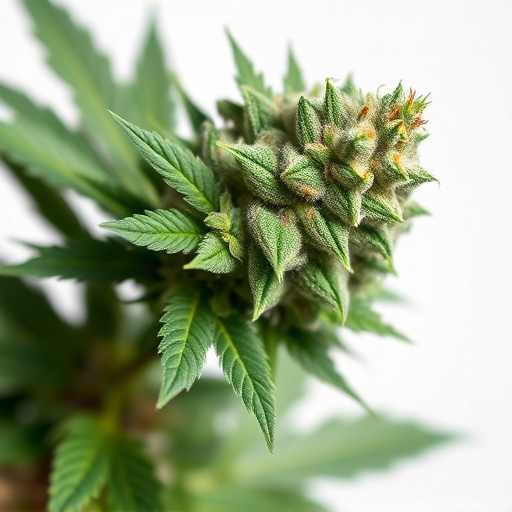
Cannabis Cup-winning strains have long been revered for their potent effects and distinctive compositions, making them a favorite among enthusiasts. These highly sought-after varieties often contain elevated levels of THC, the primary psychoactive compound responsible for the “high” feeling. But it’s not just about THC content; these strains also boast unique terpene profiles, which significantly influence the overall experience, adding complexity to the high and potentially offering therapeutic benefits.
Terpenes, aromatic compounds found in cannabis, contribute to the strain’s scent, flavor, and even its effects. For instance, myrcene, a common terpene, is known for its earthy, musky aroma and sedative qualities, often promoting relaxation and sleepiness. Limonene, with its citrusy notes, can uplift mood and reduce stress, while pinene provides a piney scent and may enhance focus and cognition. Understanding these compositions is key to navigating the cannabis landscape, ensuring users get the desired effects from their chosen strains.
Factors Affecting the Potency of Old Weed
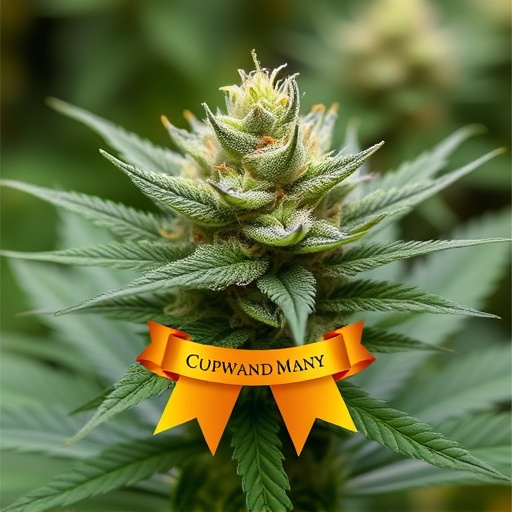
The potency of cannabis can vary greatly, even within the same strain, and this is influenced by several factors. One common question arises when considering older cannabis—can it still deliver a strong high? The age of the plant plays a significant role; as cannabis ages, its cannabinoid profiles change. Terpenes, responsible for the unique flavor and aroma, may degrade over time, potentially reducing their effectiveness in delivering that familiar buzz. However, strains known for winning cannabis cups often have complex chemical compositions, ensuring even aged specimens retain some potency.
Storage conditions are another critical aspect; proper preservation can maintain a strain’s integrity. Environmental factors like temperature, humidity, and exposure to light all impact the rate of cannabinoid degradation. Additionally, different cultivation methods might result in variations in final product potency. Some growers focus on preserving specific traits, including high concentrations of desired cannabinoids, ensuring that even aged cannabis from these strains can still offer users a memorable and potent experience.
While age can affect the potency of cannabis, it doesn’t necessarily mean old weed can no longer get you high. In fact, certain factors, like strain composition and proper storage, can enhance its effects. As evidenced by successful entries in cannabis cups, older strains can still offer powerful experiences, with unique terpene profiles contributing to diverse and potent effects. Understanding the science behind aging cannabis and how it interacts with various environmental factors is key to appreciating the potential of even the oldest herb.
